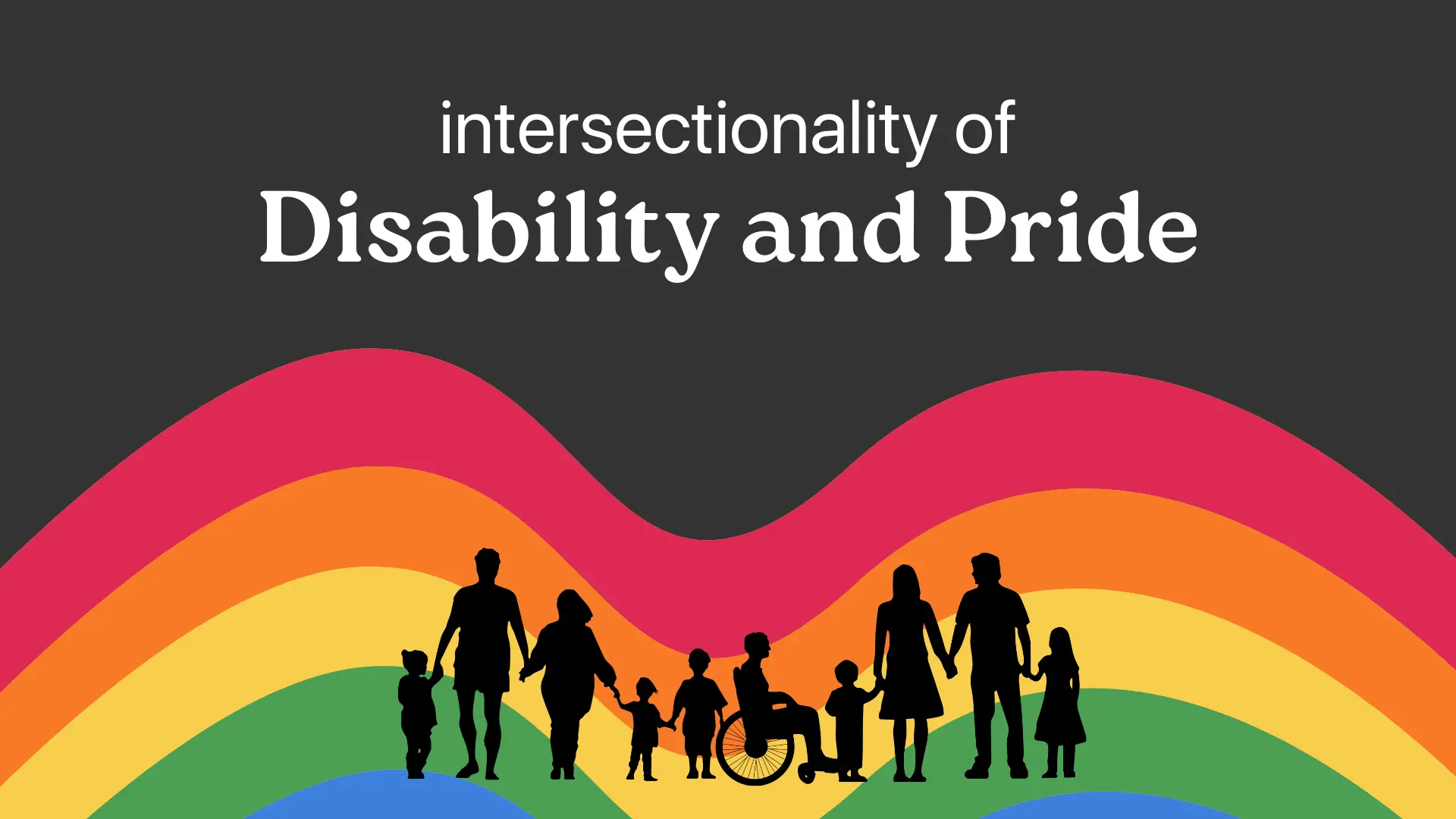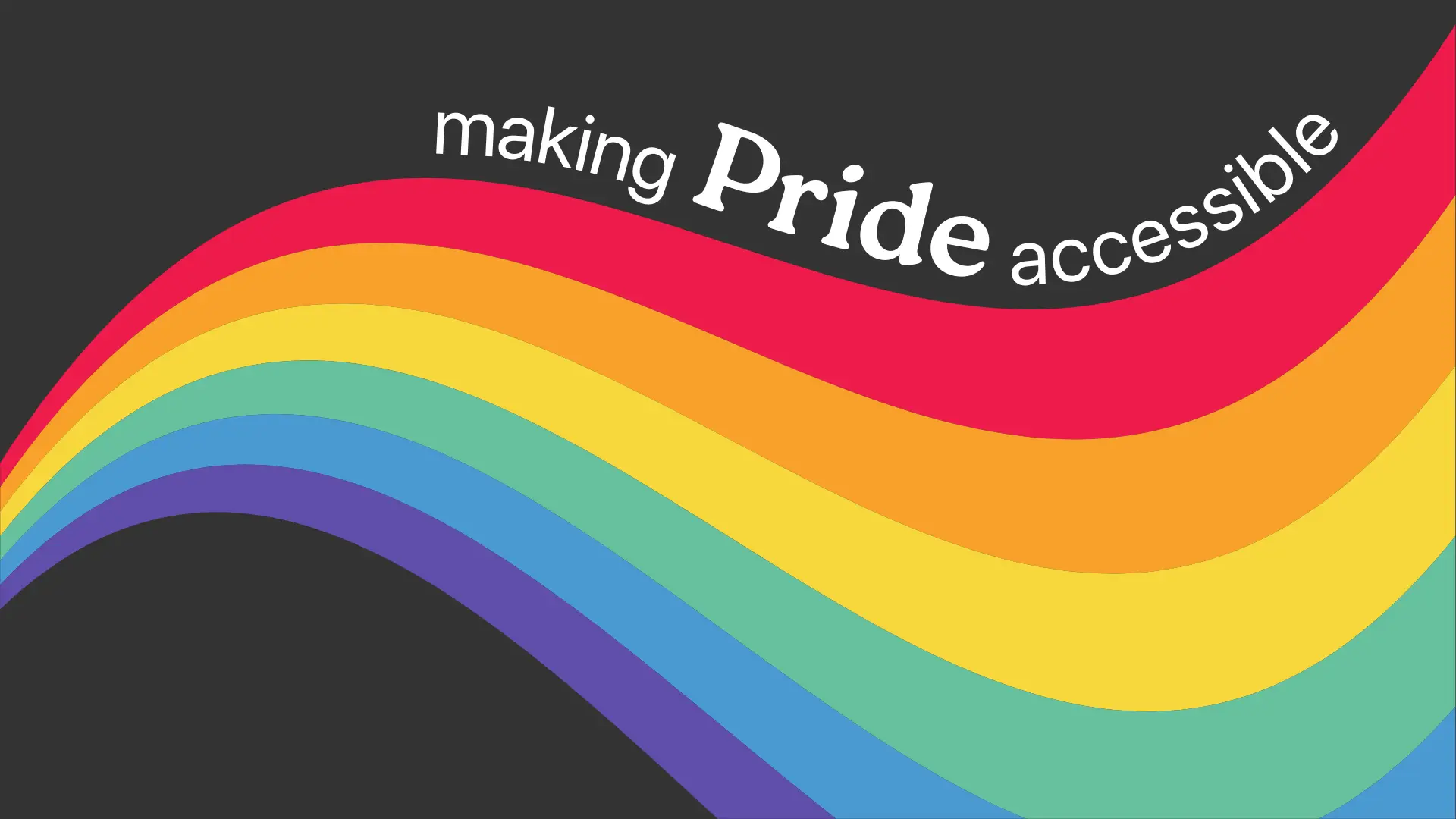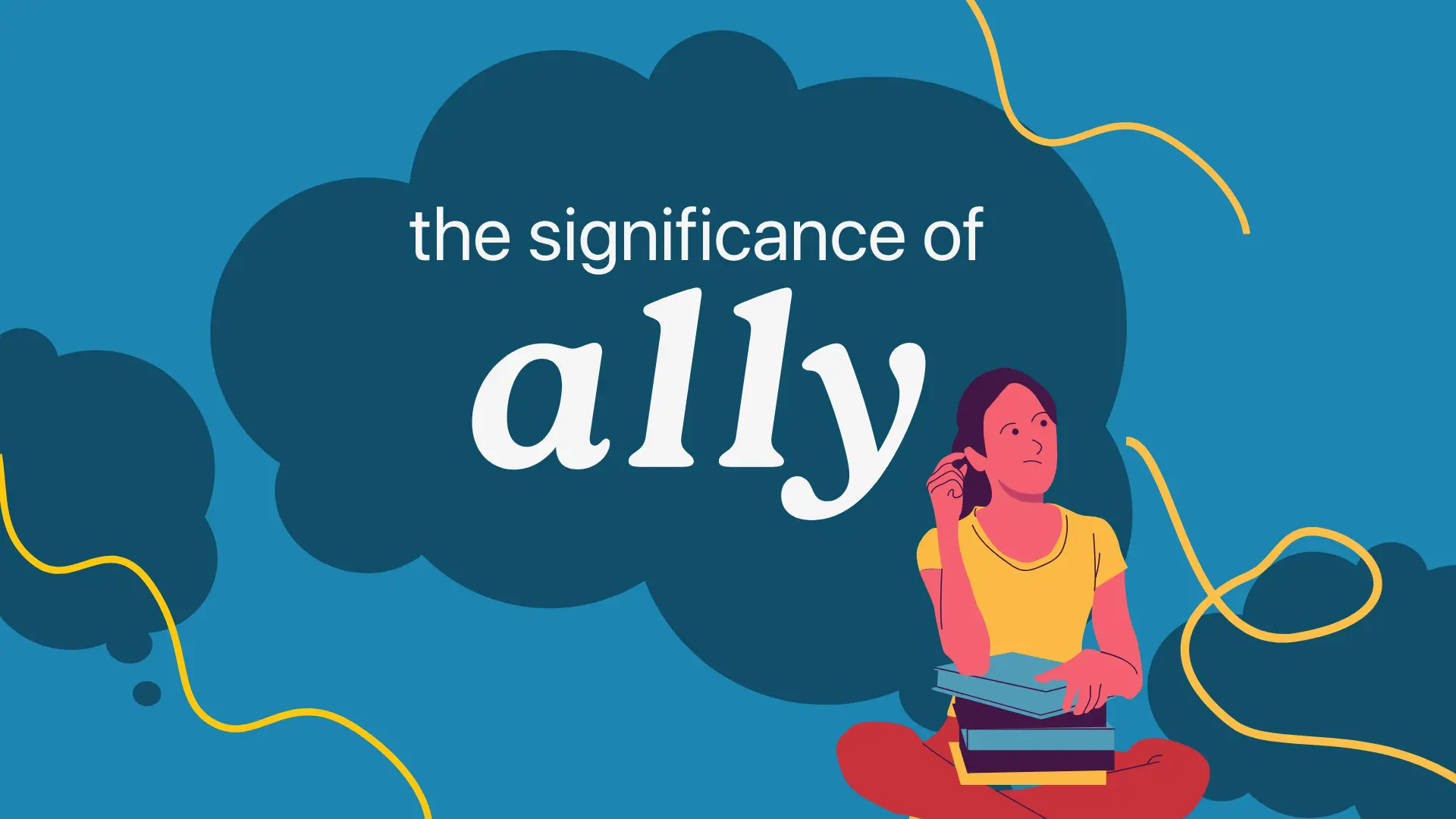Intersectionality describes all of the ways in which an individual may be disadvantaged which includes gender, race, class, sexual orientation, etc. Without taking these layers of someone’s identity into consideration it becomes difficult to understand the extent of an individual’s marginalization.
When diving into the intricate web of human identity, two communities emerge at a poignant crossroad: the LGBTQ+ and disability communities. Both, in their own ways, challenge societal norms and confront unique barriers. However, when these identities converge, the resultant experiences are profound.
Life at the Overlap
The world economy is strongest when it is inclusive of the value that diverse talent brings to the workplace. Yet, it is challenging to fully capture the scope of opportunities open to LGBTQ+ workers with and without disabilities. LGBTQ+ people are more likely than the general population to have a disability and face systemic challenges finding employment, community, and more.
This is particularly true for people in rural communities, where distances needed to travel to find LGBTQ+ competent and fully accessible service providers, community programming, and other services are often too far.
LGBTQ+ people with disabilities often report that it is challenging to have their identities fully recognized. In LGBTQ+ spaces, services and facilities may not be inclusive or accessible. Research finds that LGBTQ+ people are more likely to have a mental health disorder in their lifetimes. This includes mood disorders such as depression, anxiety, and substance-use. Accessibility (or lack thereof) in LGBTQ+ Community Centers is:
- TTY is 13%, and
- Braille is 16%, and
- Accessible Parkings is 70%, and
- Accessible Restrooms & Fountains is 73%.
LGBTQ+ youth with disabilities report high rates of harassment and are more likely to be bullied or harassed than students without disabilities. The consequences of stigma, bullying and rejection can literally be life and death. The Trevor Project reports that LGBTQ+ youth are almost five times as likely to have attempted suicide compared to heterosexual youth.
Forty per cent of transgender adults reported having made a suicide attempt, 92 per cent of them before the age of 25. 26% of LGBTQ+ youth were bullied/harassed because of a perceived disability
Emerging research finds that LGBTQ+ and gender-nonconforming youth and LGBT people are greatly overrepresented in the criminal and juvenile justice systems, as are people with disabilities and people of colour.
Recent estimates show that 85% are LGBTQ+ youth. 32% of people in prison and 40% of those in jails have at least one disability. Given these high rates, it is likely that LGBTQ+ people and LGBTQ+ youth with disabilities comprise a large share of populations in prisons, jails, and juvenile detention facilities.
Dual Realities
Historically, the LGBTQ+ community, similar to those with disabilities — especially those with invisible disabilities — faces the complexity of “coming out.” It’s a multifaceted challenge, both emotional and practical. This is but a glimpse of the compounded complications faced at this intersection.
Remarkably, 3-5 million LGBTQ+ people have disabilities. 1 in 4 LGBQ+ adults. 2 in 5 transgender adults. 40% of bisexual men. 36% of lesbian women. 36% of bisexual women. 26% of gay men. Compared to 27.2% of the general population. These significant numbers often stand in society’s blind spot, demanding acknowledgment and action.
Acknowledge your Privilege
Such statistics speak to the critical need for solidarity and collaboration across the intersections of sexual orientation, disability, and identity. This need is made even clearer when looking at disability issues and trans people. Society needs to fight stigmas and promote acceptance so that LGBTQ+ people know that they are valued and that they matter.
Hope and action coexist. Recognizing and confronting inherent privileges is the first step. While numerical data provides insight, genuine societal progression demands perception shifts and active dismantling of biases.

 Making Pride Accessible: An Essential Step towards Inclusivity
Making Pride Accessible: An Essential Step towards Inclusivity